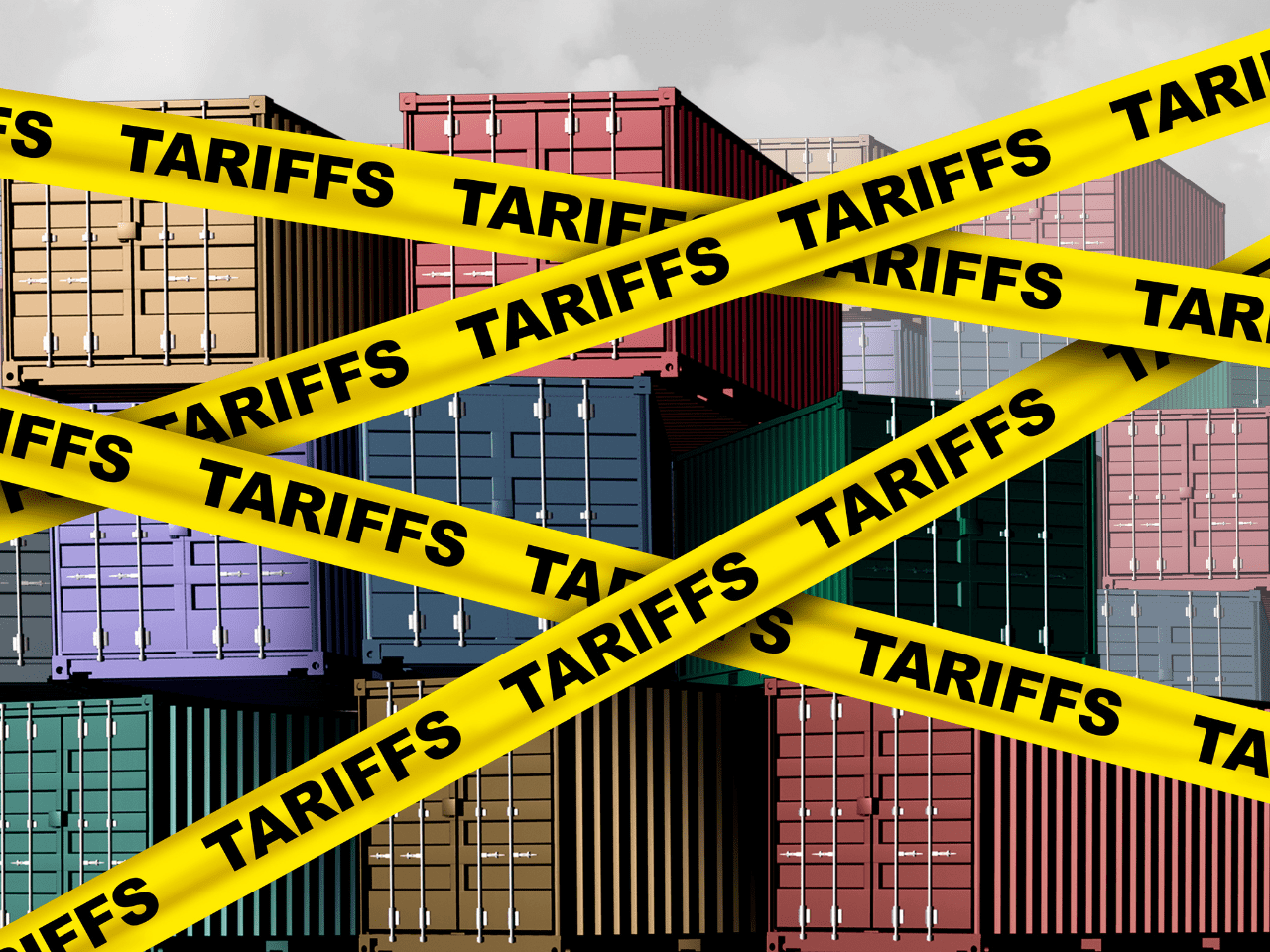Across the world, huge efforts have been made to make the construction, mining and heavy industry sectors safer. While the results that have been achieved should be celebrated, the challenges of ensuring health and safety on a building site have not yet been fully met.
In fact, research and statistics show that workplace injuries and fatalities remain an issue in working environments across the world and are even rising in some regions – particularly in the construction, manufacturing and mining sectors. For example, 186 fatalities were recorded across 19 months in the Spanish construction sector, the majority of which were associated with falls and the handling of machinery.
The International Labour Organisation (ILO) estimates that 1,000 people die every day around the world from occupational accidents and 374 million people are involved in non-fatal occupational accidents each year. As well as the significant impact that long-term illnesses and injuries can have on individuals and their families, they can also result in lost time, damaged reputations and legal issues for companies. It should always be a priority for companies to reduce workplace incidents, but it can often be difficult to understand exactly what risk factors are relevant to your industry and region. In our northern and central European utilities community, for example, we found that while 92% of suppliers have a health and safety management system in place, only 29% of them have an external body certify and accredit the system.
Different regions, different drivers
Despite the emergence of global and industry workplace health and safety standards, there is still a lot of divergence between countries. Factors like demographics often have a larger impact on supply chain risk than health and safety teams realise. To make sure the right policies and practices are in place, procurement leaders should look more broadly at factors affecting the makeup of their workforces.
Here are some examples of the unseen forces influencing health and safety on building sites:
The UK and the safety responsibilities of subcontractors
The UK has seen a general trend of decreasing amount of lost time affecting workplaces. In 2019, the Health and Safety Executive (HSE) reported that 28.2 million working days had been lost to workplace ill-health and non-fatal injuries in 2018/19, compared to 30.4 million in 2015/16. For both fatal and non-fatal injuries, the figures show a long-term downward trend, although the former has been broadly flat in recent years. The effects of these injuries are profound, with the annual costs to employers, workers and the government reaching £5.2 billion in 2017/18. In our BuildingConfidence community, we can see that from 2018 to 2019 there has been am 8% increase in the number of suppliers monitoring and keeping records of their approved subcontractors.
While the frequency of lost-time injuries for both employees and contractors is falling, contractors still tend to be involved in more workplace accidents. This could be because they are often used to perform specialist tasks, which are sometimes the most hazardous. Or, it could be because contractors are not being properly briefed on safety procedures, supervised and managed. This can be hard to do if team leaders don’t have effective oversight of everyone working on their sites. Companies can use solutions like Controlar or OnSite to manage the contractors they use and mitigate the specific risks they pose.
Africa and the influx of young workers
Conversely, Africa is currently experiencing large numbers of younger workers entering its workforce. According to the ILO, labour force growth in sub-Saharan Africa will be 3.1% in 2020. The World Bank claims many parts of the continent are experiencing a ‘bulge generation’ – where declines in child mortality followed by lower fertility rates create a larger number of working-age people with fewer dependents. This increases the number of available workers per capita.
The region, along with Asia, continues to have an occupational accident rate around five times higher than Europe. Younger people experience significantly higher rates of occupational injury when compared to other age groups, as they lack the skills and experience of using tools or working in dangerous environments. Effective risk management and health and safety on a building site means making sure younger workers are not placed in environments they are not able to operate safely in. Access to effective training is also necessary to build up their capabilities, we recently worked with Roofline Group who used our pre-qualification solutions to underpin their approach to upskilling their workforce and reducing incidents
Latin America’s informal economy
Although a feature of many other regions, the informal economy is more pronounced across Latin America. In 2018, the Development Bank of Latin America claimed that the informal sector accounted for over 60% of the labour market or around 140 million workers. The picture differs greatly from country to country, with Brazil having a 36% rate of informal work, compared to 73% in Guatemala.
Informal workers are often exposed to poor working conditions, more health and safety hazards and lower, unstable earnings. They are also not protected by labour regulations covering hiring, firing, minimum wages, benefits and employee rights. Access to insurance to provide income security in the event of injury is another issue.
Research by the Overseas Development Institute shows that worker wellbeing and workplace health and safety are two key differentiators between formal and informal employment across Latin America. 46% of the informal workers they looked at were regularly exposed to repetitive movements, and 21% to high temperatures. It is also difficult to verify the skills and experience of informal workers, making risk management challenging and potentially creating higher risks for other workers.
The right tools for the right challenges
Factors contributing to workplace accidents around the world are complex, but the solutions are broadly similar. Safety is increased and risks minimised by knowing precisely who is on site at any given time and understanding their capabilities. This level of visibility can also inform targeted training to help people adapt and grow over time. While different sectors may have different challenges, learnings from one sector can be applied to others to help counter problems before they happen. Understanding the unique factors that influence health and safety on a building site is the first step – risk and procurement teams also need to make sure they have the right tools for the job:
- Health and safety audits help you understand your current performance and show you where improvements can be made.
- Using Controlar can help to make sure that every worker or supplier on site has the right capabilities, skills and safety training to be there – allowing you to enforce a more effective safety culture.
- Supply chain mapping gives you a clearer picture of how you might be affected by different regional issues.
Health and safety on building sites should never be taken for granted. It requires constant vigilance to ensure best practice is maintained, and we want to help raise the standards of industries all over the world.
Our global expertise and local capabilities mean that we understand the specific issues buyers and suppliers face in different regions and can help identify and solve any risks specific to your supply chain health and safety. It has also allowed us to create a range of solutions, specifically pre-qualification of suppliers, Controlar and health and safety audits, which can help construction and mining supply chains tackle the challenges they face and work more safely and productively.


